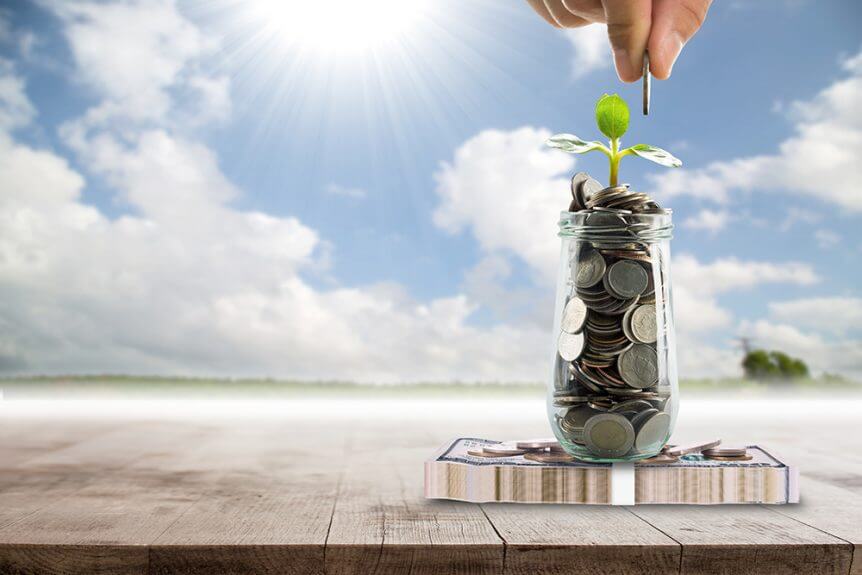

Categories
Posted Thursday, May 25, 2017
Return on Investment for Residential Solar Projects
A solar power generation system is unlike any other appliance in the home; it should be viewed more as a financial investment than as a one-time, sunk cost. After all, did you know that – dollar for dollar – investments made in residential solar power systems in areas of high sunshine outperform the S&P 500 Index? If you consider a solar power system to be installed and effective for 15 years on average (many systems last far longer than this), that means the return on investment would be greater than 6.7%, which is the annualized return for the S&P over the same time period.
This isn’t to say that you should be liquidating your 401(k) and putting all of your money into solar (but if you do decide to do this, call us). The better perspective on the future is to consider a solar power generation system as an offset against electricity costs that you would otherwise be paying month-in and month-out. By adding up all the money saved by the solar power system, it is then that we begin to see the cumulative effect that a significant solar investment has over the long term. The more energy you use on a daily basis combined with the overall wattage produced by your new solar power system will be enough to calculate your return on investment over time. If you’re curious about how these numbers might work out for you, just call us and we’ll be happy to crunch the numbers for you.
Let’s consider a state like Hawaii. In Hawaii, the cost of electricity is incredibly high, due in large part to the limited municipal electricity resources available to everyone located within a comparably small area – Hawaii Island and surrounding areas. Because of the inflated electricity cost and because of the glut of sunshine available in the state, the cost savings for a 20-year solar power system average over $60,000 when annualized year-over-year. Conversely, in a state like Minnesota where electricity is mostly available without a premium, you guessed it: solar power isn’t going to save as much money. Besides, in climates that see a lot of snow, solar panel performance drops significantly.
Insofar as residential solar projects are concerned, the return on investment for most homeowners can start to be realized after the fifth year of successful operation. This assumes ideal conditions for panel placement, equipment cost and ongoing monitoring/maintenance. As with any ‘big ticket’ purchase, make sure you’re dealing with professionals with a proven track record. If you’re considering solar and want to know more about how you and your pocketbook can both benefit from solar power technology, Contact Urban Solar today. We provide completely free energy assessments; we’d love to get started on yours today!


